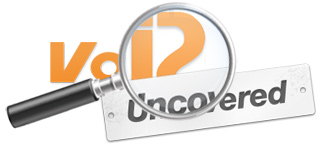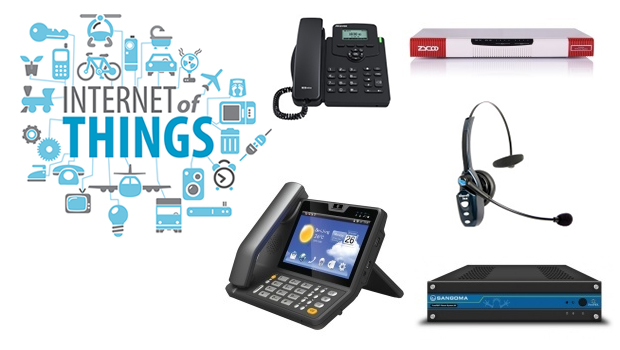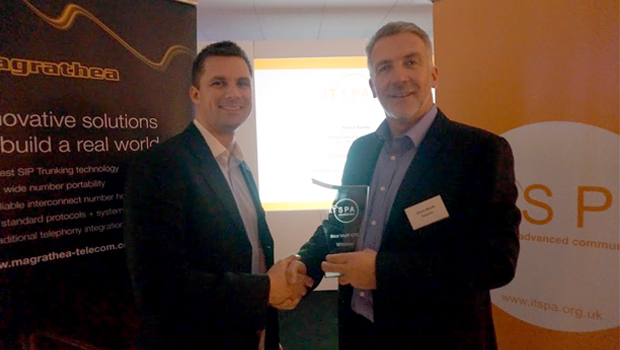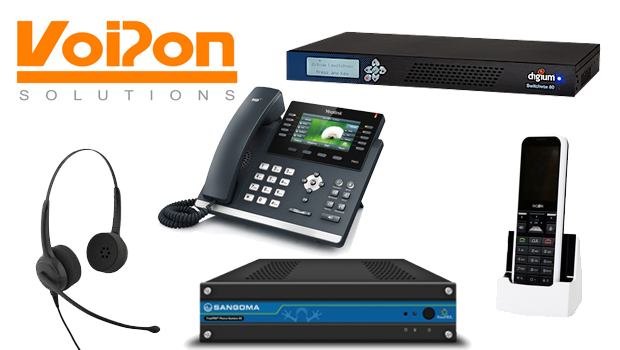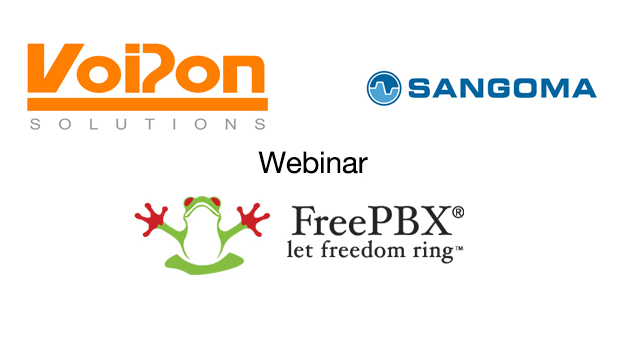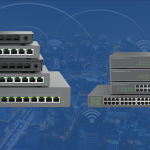As VoIP continues to pave the way for better communication systems, it is becoming easier to deploy, more widely supported, and necessary for everyday activity. The movement towards SIP (Session Initiation Protocol) among its dependencies is central to its success. Tighter integration with mobile use has allowed a seamless user experience in terms of data and functionality over a variety of media.
Many leading VoIP Phone manufacturers are concentrating more on mobile cross compatibility with smart applications to support their use. Manufacturers of communication equipment, and their users are sharpening their focus on convergence criteria for Unified Communications, and integrating M2M connectivity as SIP’s popularity continues to grow, which affects all aspects of the IOT (Internet of Things).
Evidence of the protocol’s use can be seen in Education, Healthcare, Banking, and Industrial Application amongst others. In order to deploy VoIP you need to be familiar with SIP Trunking, a process involving an IP PBX Hosted (remotely) or On-Premise to make Inward and Outward Bound calls over your ISP. However this setup is not necessary if you are working purely IP through proprietary protocol softphones like Skype.
Trunking on PBX’s
There is sometimes confusion created when people think about trunking on locally controlled or even cloud based telephony solutions. I have therefore provided a brief overview of how telephony trunks are typically used:
- What is a trunk?
A trunk in simple terms is a connection between two different locations that allows calls to be placed between two or more systems.
The most simple way to describe a trunk is with traditional analogue telephony: let’s say you have an ordinary analogue telephone socket in your house, and you connect that to your analogue phone; the path from the socket to your telephone provider can be considered a trunk.
While there are many different variations on the way information is passed across a trunk (analogue, ISDN, SIP are examples) and the way calls are processed on them, the theory remains the same – call data passes to/from your local telephony management system via a trunk. When we talk about local telephony systems, this can typically be a VOIP phone, a gateway (converting one trunk technology to another) or PBX.
In the above analogy, the analogue phone converts the analogue electrical signal into audible sound and vice versa, and thus can be considered a local telephony system.
- What is a trunk provider?
A trunk provider is usually a service provider that connects your trunk to the Public Switched Telephone Network (PSTN). When using VoIP (Also known as SIP, or sometimes IAX if you are using an Asterisk based PBX), you register your PBX to the provider’s server – this allows calls from PSTN to reach your PBX. When using analogue trunks with a PBX, the analogue-to-digital conversion is done by the PBX’s hardware (if included).
Because the method when using VoIP is the same when registering a trunk on a PBX, or using a VoIP phone, you can register a VoIP phone directly to a VoIP provider without having to use a PBX, although your ability to manage calls locally is restricted when doing this, especially if you have multiple phones/departments.
- What’s the difference between VoIP trunking and analogue trunking?
There are four fundamental differences between VoIP trunking and Analogue trunking:
- The data in analogue telephony is transmitted as electric signals over copper loops, whereas VoIP (IP) telephony is digital data (bits and bytes). This means a conversion has to take place if you intend to use digital telephony systems with analogue trunks. For analogue phones your voice (variable signal) passes over variable electrical signal based technology and then over a digitial signal (constant one). Over a digital SIP Phone a variable signal (your voice) is passed over a digital signal (constant one).
- Because VoIP data is only restricted by the speed of the data link, you can have many simultaneous calls over one single trunk, whereas analogue lines can only carry one call at a time.
- VoIP calls typically travel over the internet when using VoIP providers, as such they are more susceptible to fraud/hacking, however most PBX’s and telephony providers provide protection for this or you can use your own session border controller to secure your voice network.
- Analogue telephony providers don’t typically need to know who is at the other end, because the line is physically terminated at the customer premises, so registration doesn’t really exist for analogue lines, IP to analogue or analogue to IP will require registration which usually refers in this case to the status of the trunk. Analogue trunks security may still be an issue as there is nothing to stop someone listening to your voice calls.
- Extra Lines for VoIP Phones are the cost of another phone unless you are using a proprietary license based system.
Just as you would use your local telephony service provider with accompanying dial plan, VoIP has some of the same services to offer, albeit at a much lower cost. The advantage is realised when making international calls with SIP/IAX Call Credit enabling in some cases PSTN toll bypass for huge savings. This highly reduces the total cost of system ownership (TCO) over an 18 month period depending on your usage requirements.
Once you are set up the cost of extra lines is dependent upon how many endpoints (IP Phones) you are likely to need and the size of your deployment, moving away from traditional monthly line rental and additions. You are more likely to outgrow a system and need to upgrade or replace hardware for on premise systems. Hosted solutions are often tier based with larger deployments offering more complex support for call analysis and improvements at a marginally higher cost.
It is common to register 2 SIP Trunks per endpoint (dependent upon maximum lines supported), with many systems offering unlimited SIP identities (Analogue – 1 line per SIP Trunk – Digital – Limitless). The amount depends on how many lines your SIP device supports. Such features allow for varied task allocation through identifying call routing practices for different departments via Caller ID in your IP PBX, or hosted platform configuration. As a general rule of thumb as your organisation size increases the amount of SIP trunks necessary per phone reduces.
IP PBX VoIP System sizes range from SMB at just a few SIP lines, to enterprise supporting up to 300+ and beyond. Good examples of smaller solutions would be the ZYCOO CooVox IP PBX Series, which is scalable, tailoring to small business needs whilst maintaining sophisticated feature rich functionality.
Enterprise level systems usually offer much higher simultaneous call rates. However in such cases proprietary platforms are often used to configure potentially reducing functionality, but with less technical experience required to get stuck in such as the Digium Switchvox. The Sangoma FreePBX is an exception, employing one of the most widely used Asterisk based open source platforms around, FreePBX. You can compare the units available below:
Having introduced the various technologies / equipment involved in setting up a VoIP System, your decision is largely based on how many lines needed, whether you wish to connect legacy (analog) equipment to VoIP, and what activities you pursue on a regular basis. Will you need conferencing and video or are you largely voice based? We are highly experienced and knowledgeable around the different systems available and their application, which will reduce the difficulty of making such a substantial investment.
Share this story with your friends or work colleagues. If you want to stay up to date with our latest products, industry news and offers you can sign up to our monthly newsletters, keep up to date with us on Facebook or follow us on twitter @VoIPon.
